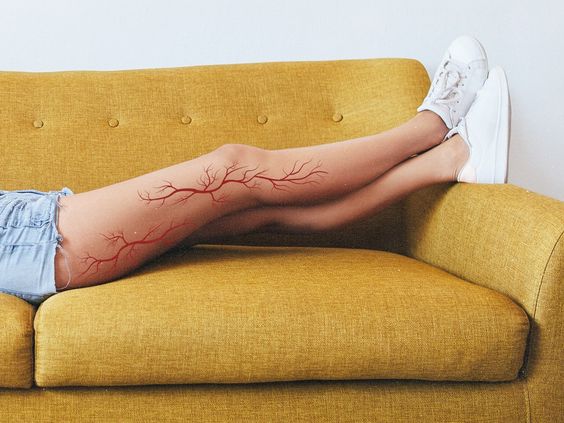Introduction
Varicose veins are a common medical condition affecting millions. They appear as twisted, enlarged veins, often blue or purple, and most commonly occur in the legs. While not always painful, varicose veins can cause discomfort, aching, swelling, and a feeling of heaviness. In some cases, they can lead to more serious complications. The good news is that various treatment options are available to address varicose veins and alleviate their symptoms.

This article will explore the different varicose vein treatment options available, outlining their benefits, procedures, and potential risks. Whether you're seeking to alleviate pain, address cosmetic concerns, or prevent complications, understanding your treatment options is crucial in making informed decisions about your vascular health.
Understanding Varicose Veins
Before delving into treatment options, it's essential to understand what causes varicose veins. Veins are responsible for carrying blood back to the heart. To prevent backflow, veins have tiny valves that open and close to ensure blood flows in one direction. Varicose veins develop when these valves weaken or become damaged, causing blood to pool and the vein to enlarge and twist.
Varicose Vein Treatment Options
Treatments for varicose veins range from conservative approaches to minimally invasive procedures and, in some cases, surgery. The most suitable treatment option for you will depend on the severity of your condition, overall health, and personal preferences.
Conservative Treatments
Conservative treatments are often recommended as the first line of action for managing varicose veins, especially in mild cases: * Lifestyle Modifications: Regular exercise, weight management, and avoiding prolonged standing or sitting can improve blood circulation and alleviate symptoms. * Compression Stockings: These stockings exert graduated pressure on the legs, promoting blood flow back to the heart and reducing swelling.
Minimally Invasive Procedures:
Minimally invasive procedures offer effective solutions for varicose veins, with shorter recovery times compared to traditional surgery. * Sclerotherapy: This procedure involves injecting a solution directly into the affected vein, causing it to scar and close off, eventually fading from view. * Endovenous Laser Ablation (EVLA): In EVLA, a laser fiber is inserted into the vein, delivering heat that seals the vein shut. * Radiofrequency Ablation (RFA): Similar to EVLA, RFA uses radiofrequency energy to heat and close the affected vein.
Surgery
In some instances, surgery may be necessary, particularly for large or severe varicose veins: * Vein Stripping: This surgical procedure involves removing the affected vein through small incisions.
Choosing the Right Treatment
Selecting the most appropriate varicose vein treatment requires careful consideration of your individual needs and consultation with a qualified healthcare professional.
It is crucial to remember that this information is for informational purposes only and should not be considered medical advice. If you are concerned about varicose veins, consult with a healthcare professional for diagnosis and to discuss the most appropriate treatment options for your specific situation.

.jpg)